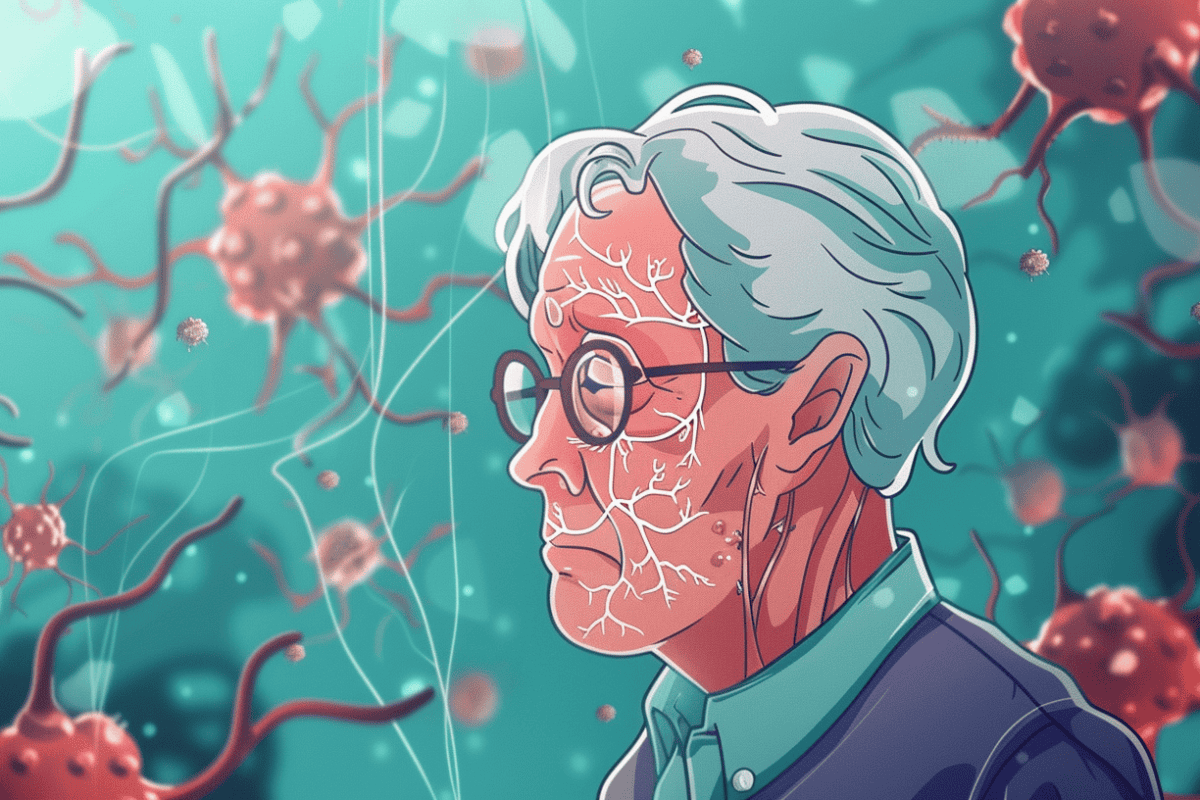In our quest for radiant and youthful skin, we often face the dilemma of wanting to bask in the sun’s warm glow. However, staying for long under the sun can result in skin damage due to UV rays. Sun exposure can lead to many skin concerns, from pigmentation irregularities to premature aging and even skin cancer.
Fortunately, advancements in dermatological treatments offer innovative solutions to combat these issues. One such advancement is Intense Pulsed Light (IPL) photofacial therapy. In this article, we delve into the world of IPL photofacial treatments, exploring their benefits in achieving sun-kissed skin.
Understanding IPL Photofacial Therapy
IPL (Intense Pulsed Light) photofacial therapy treats various skin conditions and improves skin appearance. According to Ayana Dermatology & Aesthetics, it’s commonly employed to address issues like sun damage, age spots, rosacea, hyperpigmentation, and signs of aging. The procedure utilizes broad-spectrum light pulses to target specific areas of the skin without harming surrounding tissues.
As stated in an NCBI article, the IPL is essentially different from a laser (light amplification by stimulated emission of radiation). Laser light is inevitably monochromatic (of a single wavelength), collimated (with waves running in parallel), and coherent (with waves in phase). However, IPL uses a flashlamp to emit polychromatic light across a broad wavelength spectrum of approximately 400–1400 nm.
Broadband light has the benefit of being more adaptable in treating different skin types and conditions. Furthermore, filters can change the wavelength of the light emitted from an IPL machine.
The Procedure
A WebMD article states that during an IPL photofacial session, the practitioner applies a special gel to the treatment area. The gel is applied to enhance light penetration and protect the skin. The IPL device emits light pulses that penetrate the skin’s surface and target melanin and hemoglobin—the pigments responsible for discoloration and redness. You will wear black glasses to protect your eyes from these light pulses.
The targeted pigments absorb the light energy, converting it into heat. This heat effectively damages the unwanted pigment cells or blood vessels, triggering the body’s natural healing response. Over time, the body gradually eliminates the damaged cells, leading to a more even skin tone and texture.
IPL photofacial therapy typically requires multiple sessions spaced several weeks apart to achieve optimal results. Each session can generally take around 20-30 minutes. However, treating larger areas can take longer. The exact number of sessions depends on the individual’s skin condition and desired outcome.
It is important that you get the procedure done by a professional. Since IPL treatment requires working with light pulses of different wavelengths, undergoing the procedure by a non-professional can damage your skin. You can look for a dermatology & aesthetics clinic in your locality to get IPL treatment done by professionals.
Benefits of IPL Photofacial Therapy
IPL (Intense Pulsed Light) photofacial therapy offers a range of benefits for individuals seeking skin rejuvenation and treatment for various skin concerns. One significant advantage of IPL photofacial therapy is its effectiveness in treating multiple skin issues simultaneously. It can address concerns such as sun damage, hyperpigmentation, age spots, freckles, rosacea, broken capillaries, and uneven skin texture.
IPL photofacial therapy is customizable, allowing dermatologists and skin care professionals to adjust the treatment parameters according to each individual’s skin type and concerns. This customization ensures optimal results while minimizing the risk of adverse effects.
Consider the example of meibomian gland dysfunction that leads to eye problems, especially dry eyes. According to a study from Nature Journal, IPL photofacial can effectively treat this issue. It can also be applied directly to the eyelids without significant damage. The study concludes that although there were no significant differences, non-invasive tear break-up time improved in direct eyelid application.
Moreover, IPL can also be used for treating the side effects of some skin conditions. For example, post-inflammatory erythema and hyperpigmentation are some effects of acne. IPL photofacial can effectively treat erythema and hyperpigmentation along with acne. In fact, a study from NCBI concludes that it was effective in over 80% of the patients.
Another benefit of IPL photofacial therapy is its non-invasive nature. Unlike surgical procedures, IPL photofacial therapy does not require incisions or significant downtime for recovery. This makes it a convenient option for individuals with busy lifestyles who want to improve their skin’s appearance without undergoing invasive procedures.
IPL photofacial treatments are generally quick, typically lasting around 20 to 30 minutes per session, depending on the size of the treated area. This makes it easy for individuals to incorporate IPL photofacial sessions into their regular skincare routines without disrupting their daily schedules significantly.
One of the notable advantages of IPL photofacial therapy is its ability to stimulate collagen production in the skin. Collagen is a protein that helps maintain skin elasticity and firmness. By promoting collagen synthesis, IPL photofacial therapy can help improve skin texture, reduce fine lines and wrinkles, and enhance overall skin tone.
Furthermore, IPL photofacial therapy is suitable for various skin types and tones, making it a versatile option for diverse patients. However, it is essential for individuals considering IPL photofacial treatment to consult with a qualified skincare professional.
Considerations and Precautions
Despite all of the advantages of IPL photofacial therapy, it is imperative to see a licensed dermatologist or skincare specialist. To find out if this treatment is appropriate for your skin type and concerns, consult a dermatologist. Individuals with darker skin tones or those prone to keloid scarring may not be ideal candidates for IPL. This is due to the risk of pigmentary changes or adverse reactions.
Additionally, proper sun protection is crucial before and after IPL photofacial treatments to minimize the risk of post-inflammatory hyperpigmentation and ensure long-term results. Sunscreen with broad-spectrum SPF protection, protective clothing, and sun avoidance during peak hours are essential to a comprehensive skincare regimen.
In conclusion, IPL photofacial therapy offers a safe and effective solution for addressing various skin concerns. By harnessing the power of light energy, IPL treatments stimulate collagen production, improve skin texture, and restore a youthful, radiant complexion.
As with any cosmetic procedure, it is essential to consult a qualified skincare professional to determine the most appropriate treatment plan. With proper care and maintenance, IPL photofacial therapy can help achieve sun-kissed skin while minimizing the risk of long-term damage.
This is a sponsored post
Digital Health Buzz!
Digital Health Buzz! aims to be the destination of choice when it comes to what’s happening in the digital health world. We are not about news and views, but informative articles and thoughts to apply in your business.


